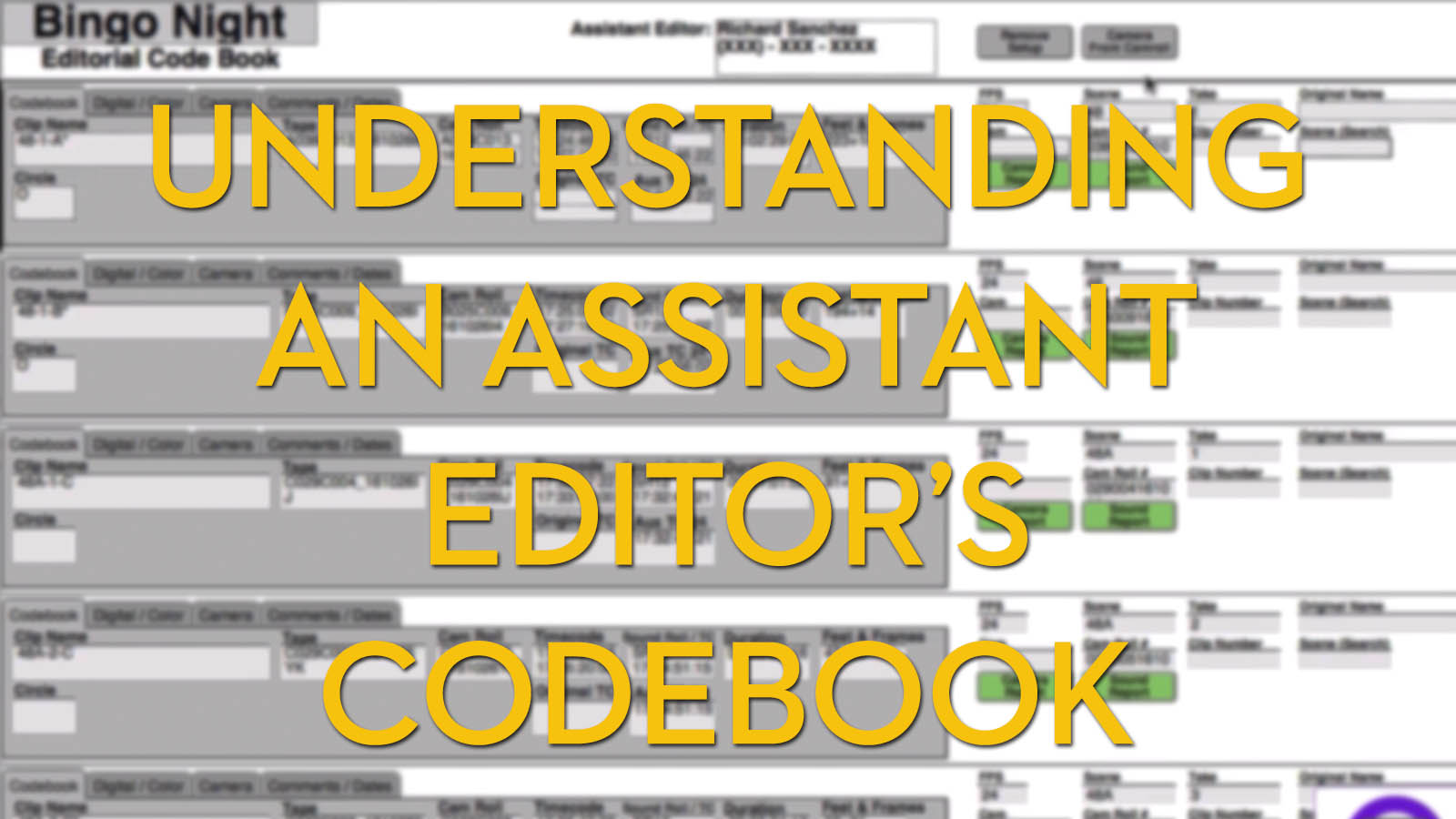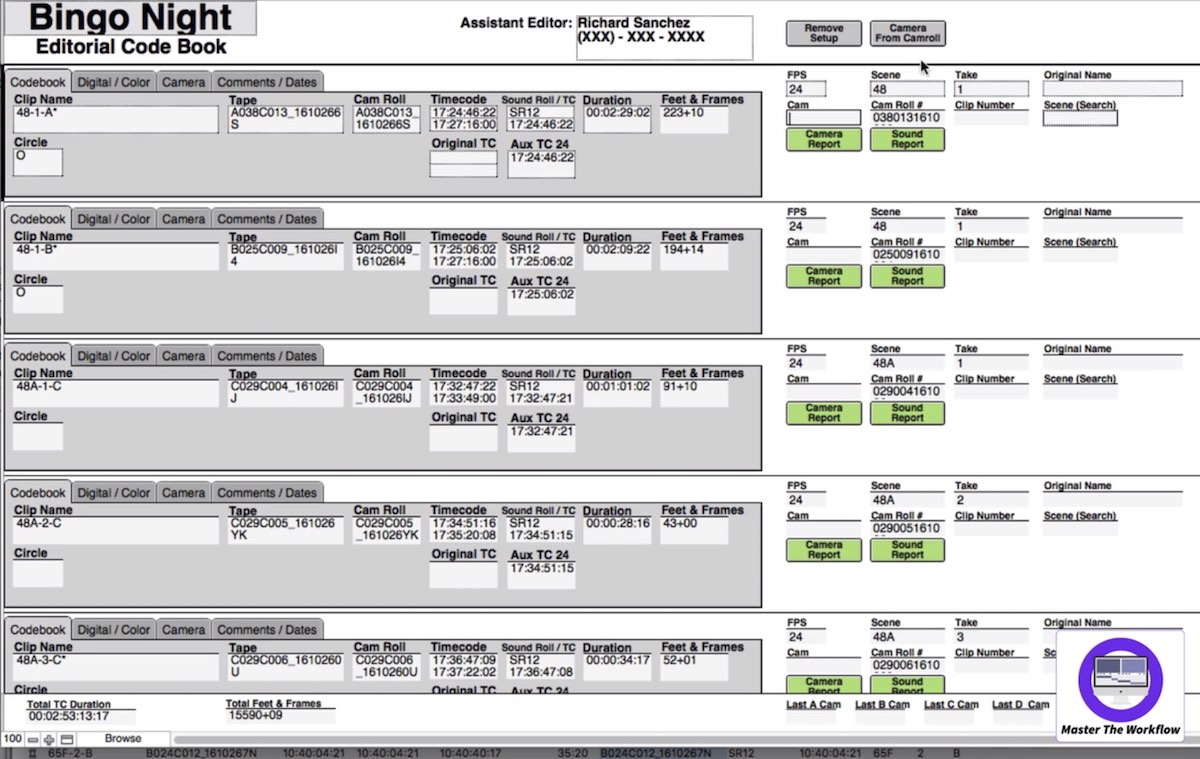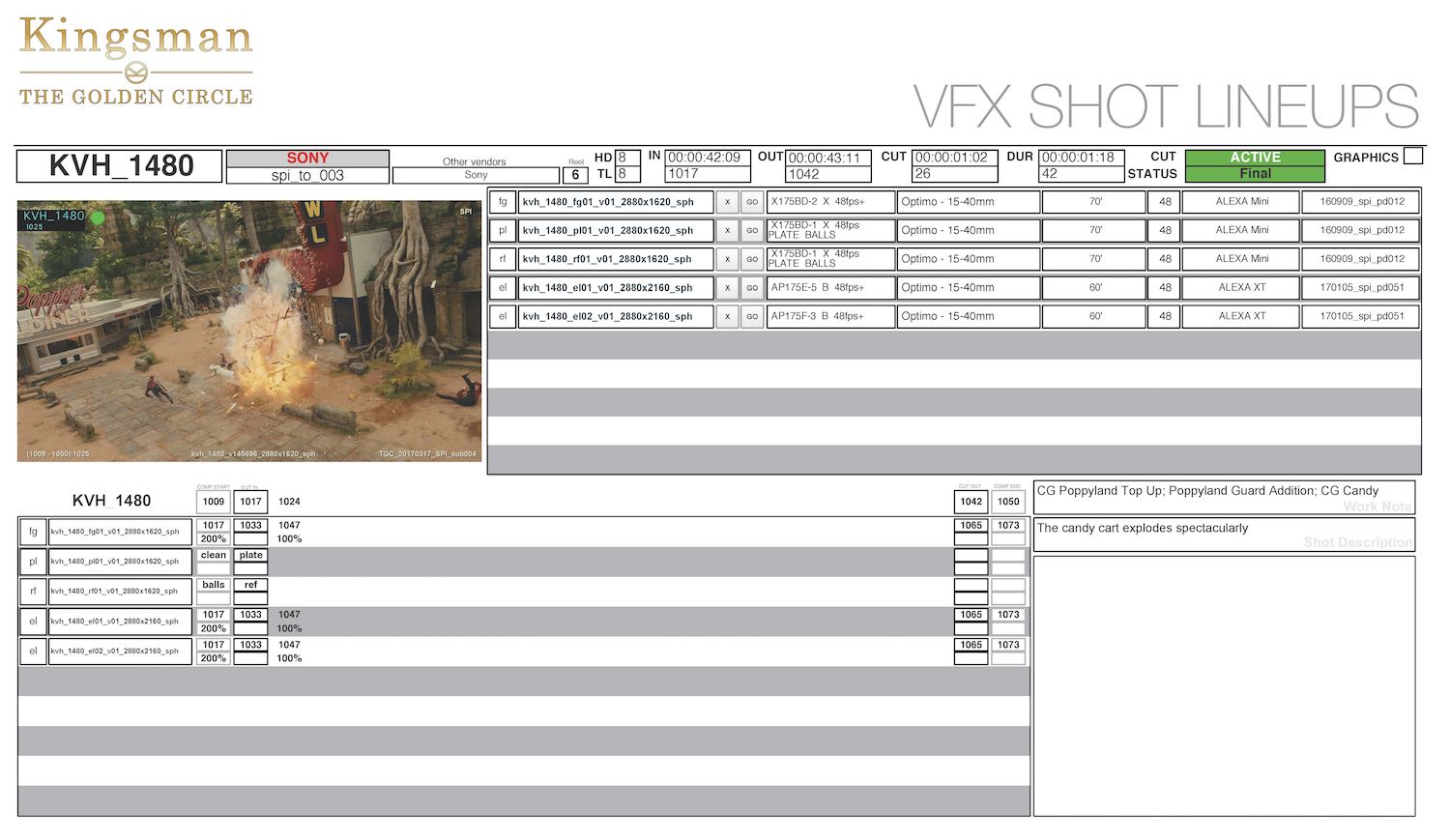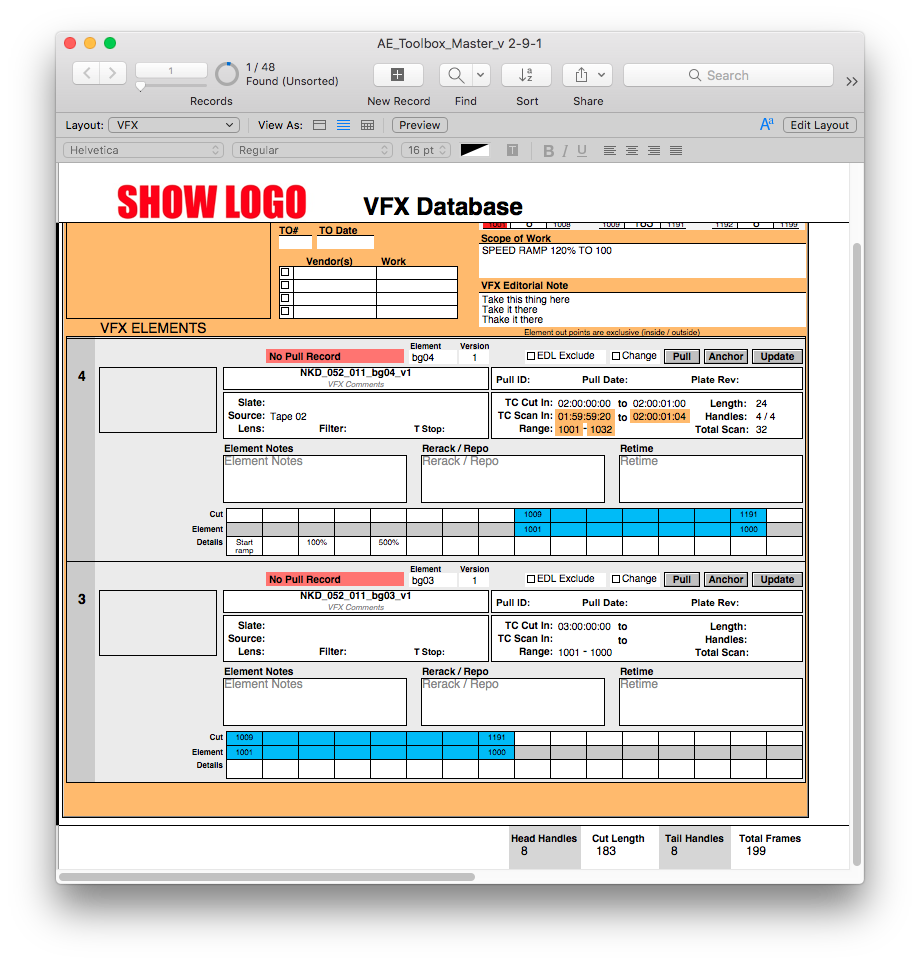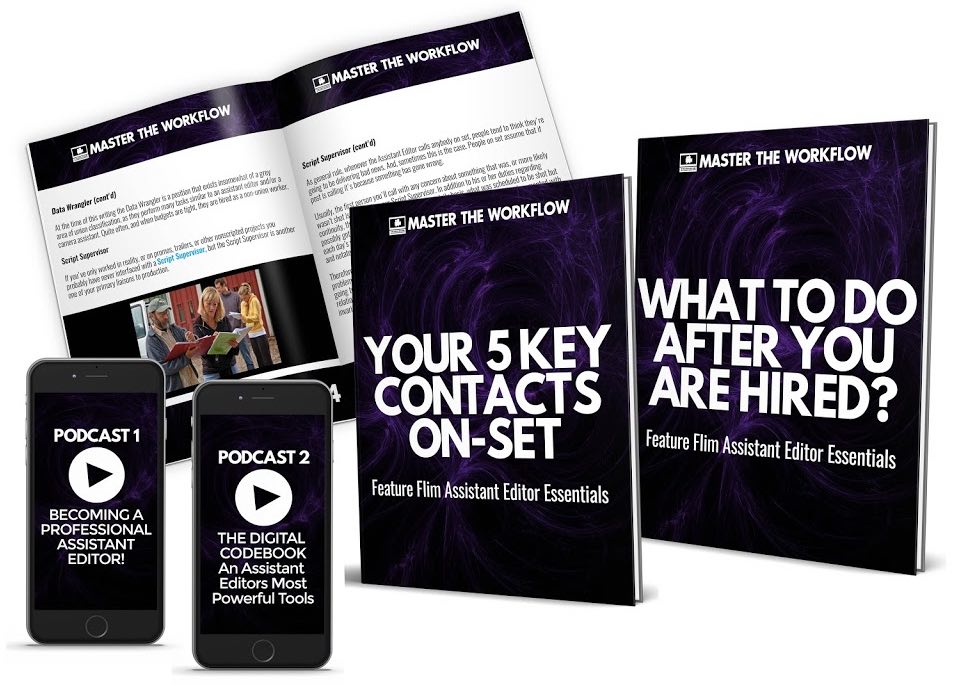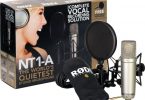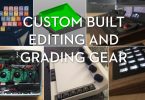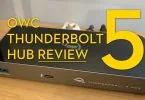Inside an Assistant Editor’s Codebook
- The Assistant Film Editor’s Codebook Explained
- How to build an Assistant Editor’s Codebook
- Expert training on working with an Assistant Editor’s Codebook
On this blog I’ve tried to make it as useful a resource as possible for anyone looking to get into film editing, whether those dreams are of working in feature films, documentaries, commercials or anything else.
I assume most people though, dream of working in the heady world of feature films and their first opportunity to do so is likely to be as a 2nd Assistant or post-production intern.
I’ve written about these kind of roles quite a bit over the years, with some of the best resources on the topic compiled into these two mega posts:
These two articles will give you plenty of recommend books, useful freebies, industry talks, encouraging interviews and technical information to help you get started.
There is however, one area of the Assistant Editor’s working world that is still a little shrouded in mystery, and in fact is often a closely guarded secret by those who do know, as it might give them a competitive edge, and that is the Assistant Editor’s Codebook.
Knowing what a Codebook is, how to use it and how to build your own could make all the difference to your career prospects, even if you’re only just applying for more junior positions.
The more you know the better an asset you will be!
So I need some help. I missed out on getting a job on a certain film that starred a certain pro wrestler whose name rhymes with Wayne Ronson.
The reason I did, is when being interviewed, the first assistant asked me how comfortable I was working with a codebook.
Well I had never heard that term before, and he must’ve sensed that from my long awkward silence. He was surprised that I had done several AE jobs already and had never used one.
So now I’ve read up on codebooks, and have a basic idea of what they are, but I’m not 100% sure what goes into one. I’m trying to build one on FileMakerPro, but I could use some pointers.
Can anyone point me in the right direction?
This cautionary quote comes from an r/editors reddit thread, which also demonstrates the general lack of resources out there to help hungry young editors get their head around working with a Codebook.
So, in this post, I’m going to try to explain the fundamentals of what you’d need to know as a 2nd Assistant Editor or intern to grasp the essential principles of what the codebook is and how it works.
But better than that, I’m going point you to a unique resource that will not only equip you with in-depth training on working with a Codebook but give you a professional First Assistant Editor’s Codebook to work with on your own projects.
My hope is that the simple knowledge you’ll gain from this post, and from taking Master The Workflow’s superb Assistant Editor Immersion 1.0 – Feature Films training course will help make the difference in getting your foot in the edit suite door.
We will hear more wisdom from 1st Assistant Editor and MTW co-founder, Richard Sanchez in the rest of this post, but he clarified some of what he looks for in a new hire, for me in an email:
I want somebody who is constantly trying to revamp their process.
Some people treat workflow like a tool. You take the tool, and use it the way it’s intended to be used. Working that way means you can only work if all circumstances align that way.
I want somebody who gets excited at the prospect of doing things more efficiently, and makes discoveries. The kind of person who will teach me things I never knew, or never thought of.
I also want somebody who goes beyond the Avid. Knowing Avid is the prerequisite.
Knowing things like coding, database building, strong composting skills, those are what set you apart. – 1st Assistant Editor, Richard Sanchez
What is an Assistant Editor’s Codebook
The Assistant Editor’s Codebook is the central nervous system of the feature edit suite and the post production process.
The term ‘Codebook’ (and how I’m referring to it in this post) is really a shorthand for a collection of digital logs, lists and databases, also sometimes referred to as a post-production database, with the codebook being one part of that larger digital ecosystem.
To clarify, the ‘codebook within the Codebook’, is a complete database of every single file in your project, along with all of its associated metadata. This is what you can see in the image above from First Assistant Editor Richard Sanchez’s Codebook, which is included in the Master The Workflow training course.
So the digital Codebook is an ever-growing catalogue of every clip, shot, adjustment, input, output, VFX plate, sound element, music cue… everything coming and going from the edit suite. Meticulously organised and fastidiously maintained it has to be entirely accurate, up to date and run with a watchmaker’s precise attention to detail.
It used to be an actual physical book, tracking the ‘code’ numbers of every foot and frame of 35mm footage, but these days most assistant editor’s codebooks are extensive FileMaker Pro databases, with various scripts and macros enabling them, or complex customised Excel or Google spreadsheets.
On a large feature film the amount of footage you need to be able to log, track and find at a moment’s notice could easily stretch to over a hundred hours of footage. So you need a systematic way of cataloguing all those file and searching them.
The Codebook therefore, is the central repository for any and all information, metadata, notes, comments that need to be instantly searchable and retrievable. Be they camera data, sound data, script supervisor notes, VFX information etc. etc.
“There’s all this extra data. Now with all of these log formats on these newer cameras, you can store your CDL information in there, you can store your LUTs. I’m storing things like the data we shot, the shoot day.
I like to keep a little column that lets me know, was it shot in additional photography or was it shot in principal photography, just little things like that. – Richard Sanchez, Assistant Editor
This log can save you a lot of manual work and therefore a lot of time.
For example, in this free taster podcast from Master The Workflow, Richard describes how you can save yourself days of work if you’re asked by the marketing department to over-cut their edits or provide specific footage, by simply handing them a copy of the Codebook and letting them find it for themselves. (Again, another good reason to learn about Codebooks, in case you are the editor in the marketing department working on the EPKs!)
In the same podcast Richard describes the details of what’s in his Codebook and how it’s been ‘battle tested’ on over 3 feature films whilst being continuously developed over the past several years too.
The Codebook also comes in handy in potentially sticky situations where the director asks to see a specific shot and you can’t seem to find it.
Searching the Codebook is a quick way of narrowing down where that file could be, especially if the director is adamant they shot something on a specific day or location, compared to trawling through bins or searching hard drives. If it’s in the Codebook, you should be able to find it in the edit too.
The Codebook also functions along side a slew of other essential post-production paperwork, which the Master The Workflow training course also covers in detail.
You can also read about the kind of paperwork you will need to know how to handle in the excellent Assistant Editor’s guide book, Make The Cut by Lori Jane Coleman ACE and Diana Friedberg ACE, which I’ve previously reviewed in detail here.
Some of the paperwork you’ll need to be familiar with, cribbed from Make The Cut, includes:
- Call Sheets
- Camera Report Sheets
- Sound Report Sheets
- Script Supervisor Notes
- Breakdowns for script elements such as sound effects, music, visual effects, stock shots
- Scene breakdowns
- Continuity
- Wall continuity
- Measurement charts
Richard Sanchez was also kind enough to summarise for me, some other vital things he thinks 2nd Assistant Editors should know about working with a Codebook:
- It’s a backup of your dailies metadata. Sometimes metadata goes corrupt, a common one is sound timecode. If you have that stored in a codebook, you can fix it easily.
- Even though we no longer shoot film, many studios ask for Codebooks as final deliverables, oftentimes they don’t ask for them until the end. If you wait until the end, it’s a ton of work. If you keep up with it as you go, it’s easy.
- Do not take a codebook and then not reverse engineer it. Take it, see what makes it work. You will make new discoveries and find better ways of working by doing this.
How does an Assistant Editor’s Codebook actually work?
So the Codebook is a giant database to store all your essential information but how does it work and what kind of jobs do you do with it?
In this exemplary interview by editor and author Steve Hullfish with the post production team behind editor Eddie Hamilton’s cut of Kingsman: The Golden Circle, you can learn a tremendous amount about the nitty gritty of the day-to-day workflows of an assistant editing team.
The interview is littered with examples of how their Codebook, built in FileMaker, is the beating heart of the edit suite.
For example, to automate the creation of the ‘selected’ and ‘all-take’ playlists for the PIX system (a secure dailies distribution platform) the team created bespoke scripts to enable the Codebook to do the heavy lifting:
BACIGALUPO: …The cutting room would be responsible for uploading (the dailies) to the PIX service and putting together the “selects” playlist and the “all takes” playlist each day to send to Production and the Studio.
MILLS: All of the generation of the playlists is created from a FileMaker script thats part of our cutting room database. The guys at PIX created the script and helped to build it into my database, so it made it quite easy for us to just hit go and have the script use the metadata to build the playlists, add selects etc.
It would create two play lists per shooting unit, one containing just the selects from that day and then another one with every take in from that shoot day.
COOPE: It’s a very automated system and so removed a lot of manual data entry and fiddling around in the PIX app.
MILLS: We’d get quite a bit of metadata from the Lab but then we’d have to add a few extra things ourselves like descriptions of shots, selected takes and anything that’s relates to the creative choice process rather than the technical side.
HULLFISH: So after uploading the PIX media, the playlists generated by your FileMaker program were organised and filtered so that the producers and execs didn’t have to watch everything if they didn’t want to — just selects or just alternate takes?
COOPE: Yes exactly right.
Other examples of what the team’s Codebook can do include:
- Plate turnovers and lineup sheets
- Helping assign VFX vendors and allowing them to pull all raw line up data in at their end
- QuickTime log to track who we’ve sent files to
- Drive logs to see who we’ve sent drives to
- Automated PIX uploads and playlist creation
- Generates studio screening continuity documentation
- Creates scene cards and much much more.
Any task that needs to be done repeatedly on a daily basis and, through the use of full or partial automation, can save you minutes or hours of work will be scripted through the Codebook or otherwise automated in some way.
This also frees you up to take on other tasks, or maybe even the rare opportunity to have the time to actually edit some footage.
Steve’s interview, and the whole Art of The Cut series, is absolute gold dust and well worth your time, poring over with a fine tooth comb.
FileMaker Pro Advanced 18 currently costs $540/£420 (ex VAT) for an individual license, but they often run a ‘Buy One, Give One’ promotion which means if you can find a friend who also needs a copy, you can split the costs.
The Master The Workflow private Facebook group is a great place to pick up just such a friend. You can also download a free 15 day trial if you want to check it out first.
You’ll just need to factor in this cost as part of your career investment if you want to get the best out of the Master the Workflow course.
But if you are taking that course, you are already serious about a career in editing so the price of FileMaker Pro will repay itself many times over when you’re hard at work in the edit suite!
With his codebook on his iPhone, Lindblad has access to it anywhere, anytime.
“Time is money in the film industry,” he says. “Having my codebook on my iPhone has already saved time for me.
During a previous project I worked on, there was some confusion at the lab that was scanning the film negative. They were in Los Angeles and I was in New York.
They called very late at night looking for information. I had it right on my iPhone and they were able to go ahead with the job and get the film scanned.
I wouldn’t have been able to help them without FileMaker Go.”
I also came across this short interview with assistant editor Jordan Lindblad on the FileMaker Pro blog, who describes using his FileMaker Pro Codebook on his iPhone with FileMaker Go. Clearly you can never be without instant access to your Codebook!
As VFX editor and 1st Assistant editor Ben Mills mentions below, the Codebook that Richard has created, is an excellent starting point for anyone looking to get up and running with a professional database they can freely customise for their own purposes.
One of the the interesting things about an assistant editor’s Codebook is how much it evolves over time as they add in new features, scripts and metadata or adapt it to new requirements as they move from film to film. They become entirely personalised to that Assistant’s way of working.
So although you are free to use Richard’s Codebook as is, you’re also able, and encouraged, to adapt it to your own style of working and ways of thinking.
I’ve been going through Richard’s Codebook too and it’s awesome, it does everything you’d need to get you up and running from an editorial stand point in FileMaker. A great insight into how powerful FileMaker can be as a backbone for the cutting room.
They’ve done some outstanding work here, it really is a go to method for any wannabe Assistant Editor’s out there. It’ll help to maintain and run a healthy cutting room no matter who the editor is or what requests get thrown your way. – Ben Mills
You can read my interview with Ben on life as a VFX Editor here or read about his work as part of the post-production team on Mission:Impossible – Fallout here.
Learn how to use an Assistant Editor’s Codebook
The most comprehensive online resource I know of, to give you the skills, knowledge and support structure to start your journey as an Assistant Editor is the training course from Master The Workflow.
When you sign up you will get lifetime access to their extensive video training, direct access to Richard and Lawrence and a community of working Assistant Editor’s around the world through the private Facebook group, and you get a copy of Richard’s latest Codebook to keep and adapt to your own needs.
I’ve interviewed editor and MTW co-founder Lawrence Jordan, on the success of the course after the first year here, and I’ve also shared (with permission) some of the best insights gleaned from the private Facebook group in this post on what assistant editors need to know.
Both of these posts should unpack the unique on-going value that the course delivers. If you want to learn how to be an assistant editor working in feature films, I can’t think of a better place to start.
The video training itself includes 32 video lessons grouped into 7 modules totalling almost 13 hours of teaching content, which you can read about in more detail here.
- Pre-Production – 3 lessons
- Setting Up – 5 lessons
- The Digital Codebook – 8 lessons
- Principal Photography – 5 lessons
- Editorial – 6 lessons
- Finishing – 5 lessons
- Extras – Practice Media
- Bonus – VFX Roto in Avid Media Composer
Each lesson is also supported by full transcripts, paperwork examples and audio-only downloads.
The module on how to use each of the 30+ constituent parts of the Codebook lasts for nearly 4 hours, working step-by-step through what each supplementary report does as well.
- Lesson 1: Globals, Continuity, Wall Cards & Shoot Progress – 24:46
- Lesson 2: The Core Codebook – Walkthrough – 13:59
- Lesson 3: The Core Codebook (Continued) – 14:09
- Lesson 4: Lists & Logs 1 – 29:30
- Lesson 5: Lists & Logs 2 – 22:35
- Lesson 6: Reports – 11:19
- Lesson 7: Visual Effects – 1:15:59
- Lesson 8: Petty Cash Tracker – 2:41
- Digital Codebook UPDATE v2.7.1 – 43:17
Total Time: 3:58:15
Another huge benefit of the private Facebook group is that you can search for specific questions and answers to details of using the Codebook, so if you get stuck on something, you can find help.
The life-time membership also gives you the ability to download updates, improvements and fixes to the Codebook as Richard creates them – often in response to the requirements of the big feature films and TV shows he is working on, such as his most recent job as VFX editor on Bill and Ted Face the Music.
In the lineups, when you enter frame numbers the range will become highlighted in blue.
The idea behind this is that when you fill in lineup information, visually the lineups will look like clips in a timeline which should help the VFX Artist know how several clips in a shot makeup the intended effect.
The most recent version of the Codebook (v.2.9.1) added helpful new additions to it’s VFX handling capabilities such as a new layout for tracking VFX sequences that last for multiple scenes and useful colour coding in the lineups section for clearer communication.
To get a better sense of what the course offers, in exchange for your email address you can download these free assets from Master The Workflow.
One of the freebies that Master the Workflow gives away, is a 15 minute podcast entirely focused on the Codebook itself, which details what the Codebook can do and why that is so helpful in the thick of a feature film edit.
So how much does all this cost?
The price of the course is a one off payment of $997 or 4 payments of $297 ($1,188 total).
This might feel like a lot, especially compared to other online video training courses, but it’s never an apples to apples comparison.
You really won’t find another course like this online, (I know, I’ve looked!) and it’s a minor investment in what could be a career-creating learning opportunity.
Check it out for yourself at MasterTheWorkflow.com
All that said, if you’re not yet ready to jump right in and want to learn more about what an assistant editor really does, please do check out these two posts for a ton of other great resources and information:

